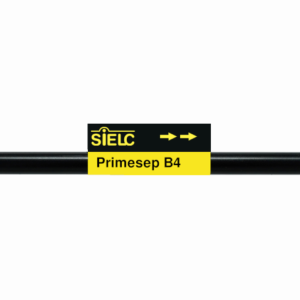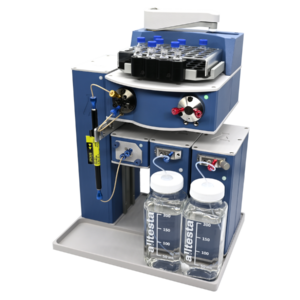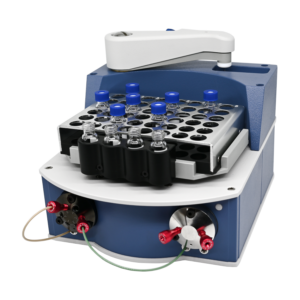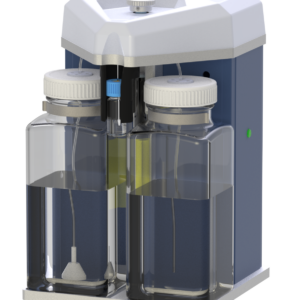HPLC Method for Analysis of TFA (Trifluoroacetic Acid) on Primesep B4 by SIELC Technologies
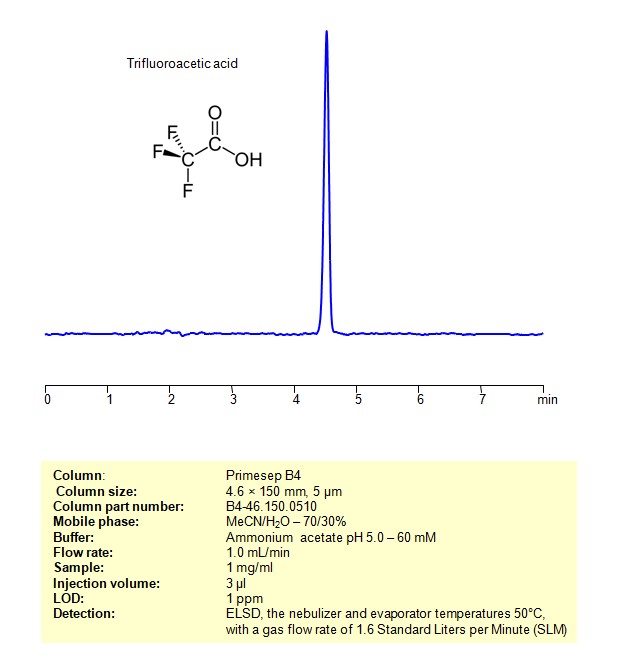
High Performance Liquid Chromatography (HPLC) Method for Analysis of TFA (Trifluoroacetic Acid)
Trifluoroacetic acid (TFA) is a strong organic acid with the chemical formula CF₃COOH.
Properties:
- TFA is a colorless liquid at room temperature.
- It is a highly corrosive and volatile acid.
- It is miscible with common organic solvents.
Uses:
- Trifluoroacetic acid is commonly used in organic chemistry as a reagent, particularly in peptide synthesis and purification.
- It is used as a strong acid in various chemical reactions.
- TFA is also employed in the analysis of compounds by nuclear magnetic resonance (NMR) spectroscopy.
Precautions:
- Due to its corrosive nature, trifluoroacetic acid should be handled with care, and appropriate safety measures should be taken, including the use of protective equipment.
Trifluoroacetic acid can be retained and analyzed using an Primesep B4 mixed-mode stationary phase column. The analysis employs an isocratic method with a simple mobile phase consisting of water, acetonitrile (MeCN), and ammonium formate as a buffer. Detection is achieved using ELSD
| Column | Primesep B4, 4.6 x 150 mm, 5 µm, 100 A, dual ended |
| Mobile Phase | MeCN/H2O – 70/30% |
| Buffer | Ammonium formate pH 3.0 – 60 mM |
| Flow Rate | 1.0 ml/min |
| Detection | ELSD, the nebulizer and evaporator temperatures 50°C, with a gas flow rate of 1.6 Standard Liters per Minute (SLM) |
| Samples | 1 mg/ml |
| Injection volume | 3 µl |
| LOD* | 1 ppm |
| Class of Compounds | Quaternity amines |
| Analyzing Compounds | TFA (Trifluoroacetic Acid) |
Application Column
Primesep B4
Column Diameter: 4.6 mm
Column Length: 150 mm
Particle Size: 5 µm
Pore Size: 100 A
Column options: dual ended

